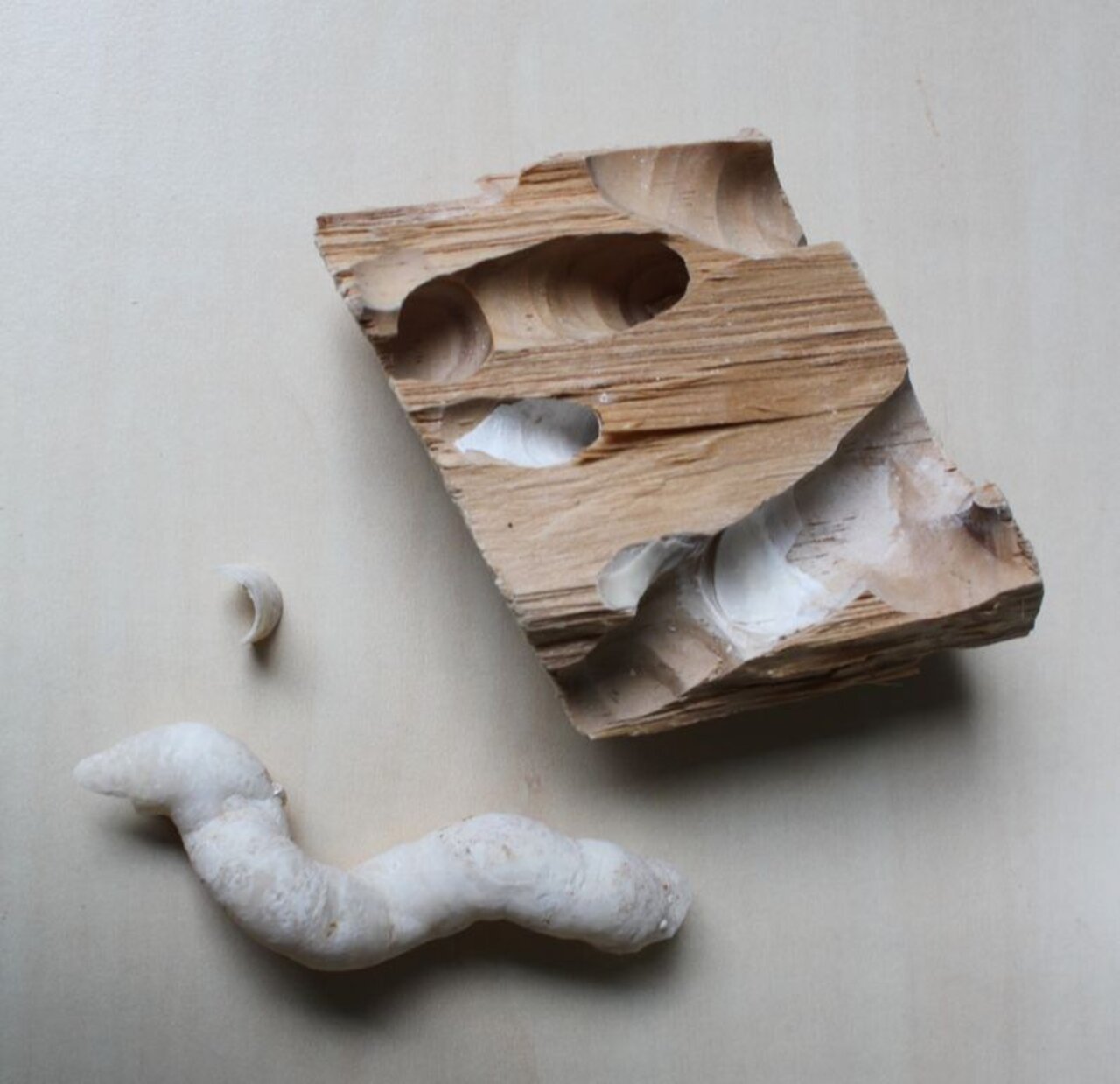Project
Protection of wood in contact with sea water

Practical investigations concerning the protection of wood in contact with sea water
Marine organisms like shipworm can destroy wood used in sea water whereas fungi can degrade this timber above sea water level. Thünen-Institute will investigate these wood pests in order to develop long lasting non-biocidal protection measures.
Background and Objective
Wood exposed in seawater can be degraded especially by shipworm. Wooden constructions made of non-durable timber in port areas or for coastal protection can be destroyed within a short time by these organisms. In Germany treated timber is hardly used in marine environment due to ecological concerns.
However also above waterline wood protection measures have to be taken into account primarily against wood destroying fungi.
Aim of these investigations is to adjust wood protection measures depending from the occurrence of wood destroying organisms in order to enable the utilization of indigenous timber in combination with an adequate service life
Approach
One part of the project is the identification of fungi causing damages on harbour and hydraulic wooden constructions. In addition wood moisture and analytical measurements (regarding the salt content) will be carried out in pilot scale. These results and biological tests concerning the efficacy of sea salt should allow the assessment of the probability of a fungal attac. Beside this the suitability of larch heartwood in combination with structural measures will be tested.
Results
Unprotected or non-durable wood in seawater is exposed to attack by various wood-destroying organisms: below the water surface, marine organisms, such as the shipworm (Teredo navalis), while above the water level wood-destroying fungi can endanger wood structures, provided that the wood moisture content exceeds 25% for a longer period.
Investigations under practical conditions should show whether native softwoods used in sea water can be adequately protected by non-biocidal measures.
The outdoor tests demonstrated that piles coated with geotextiles, unlike unprotected softwood piles, were not attacked by marine pests during the 5-year test period. In addition, quantitative analyses of the exposed piles showed that calcium, potassium and magnesium accumulate in the tidal range. It can be assumed that this enrichment should at least inhibit fungal germination, since biological tests have shown the fungicidal effect of sea salt (NaCl) against basidiomycetes, whereby the required salt quantity is than 15 kg/m³.
Wooden components located above the water level can be protected relatively easily from excessive moisture by covers.
Through the combination of constructive protection measures (use of geotextiles and end grain cover) and natural salt accumulation in the wood when exposed to sea water, a long service life of coastal timber constructions should be expected even when indigenous timber is used. However, for this special application of geotextiles a final ecological evaluation is still pending.
The final report (in German) can be downloaded at the following address
https://www.dbu.de/OPAC/ab/DBU-Abschlussbericht-AZ-32571-01.pdf
Thünen-Contact

Funding Body
-
German Federal Environmental Foundation (DBU)
(national, öffentlich)
Duration
11.2015 - 6.2018
More Information
Project status:
finished








